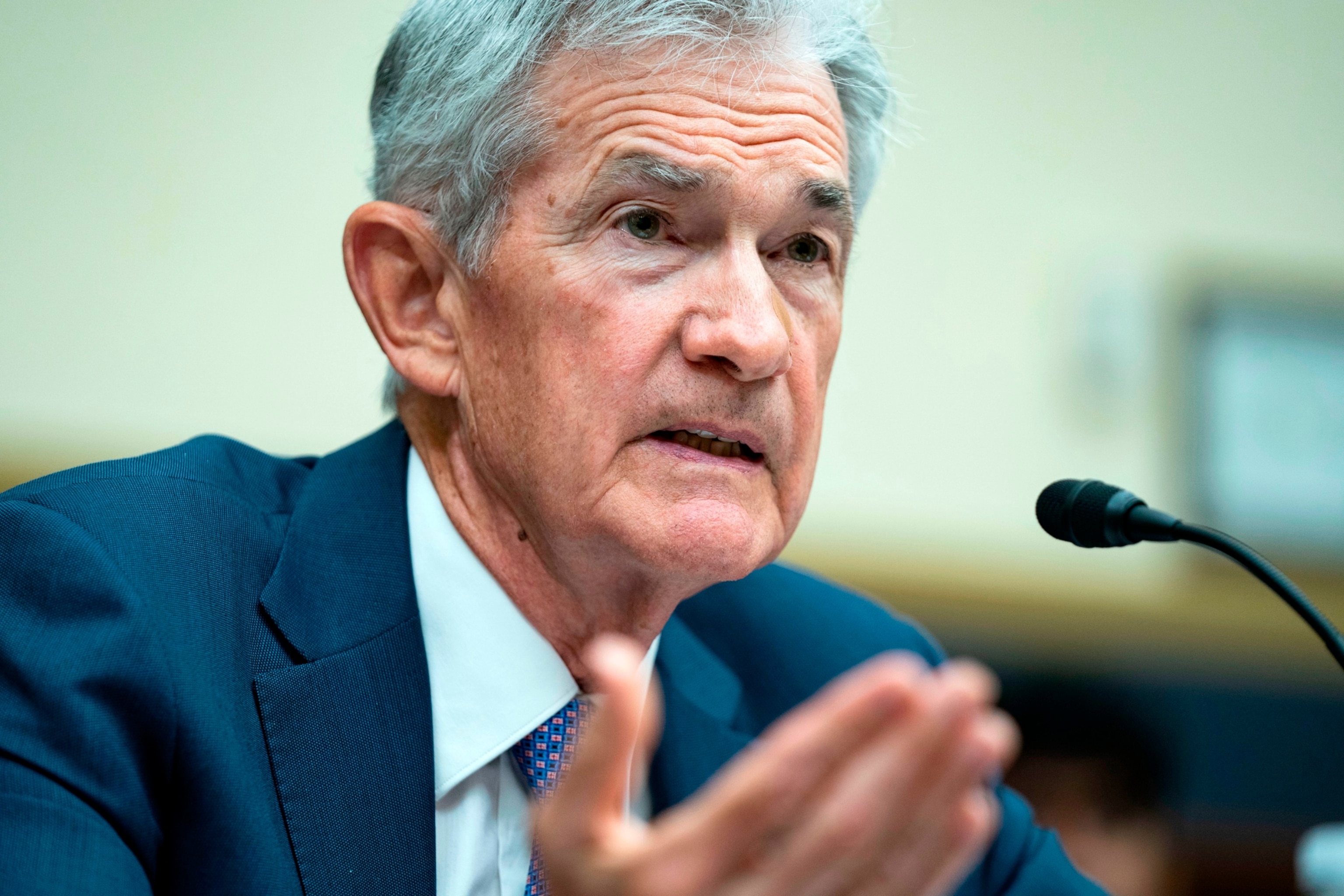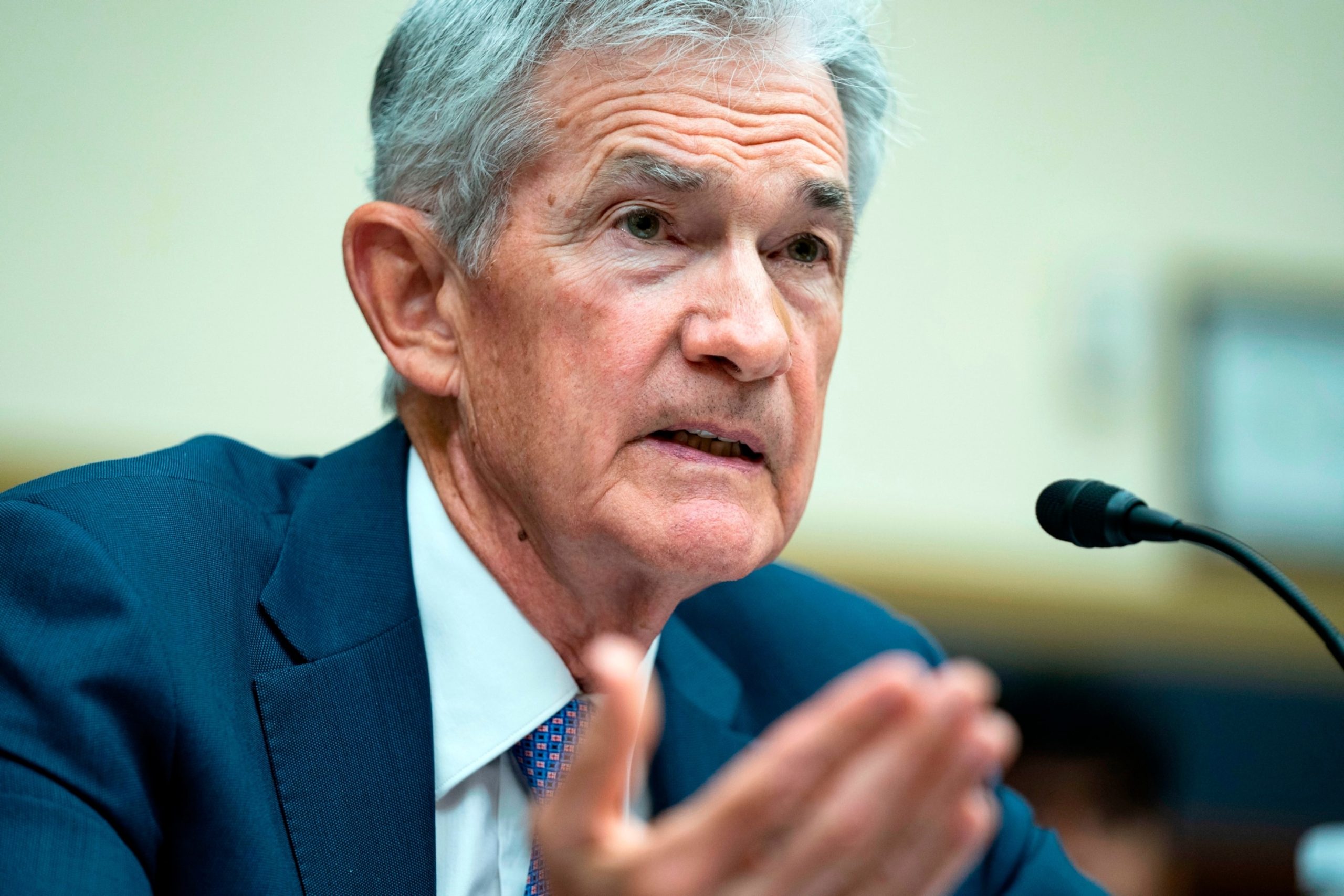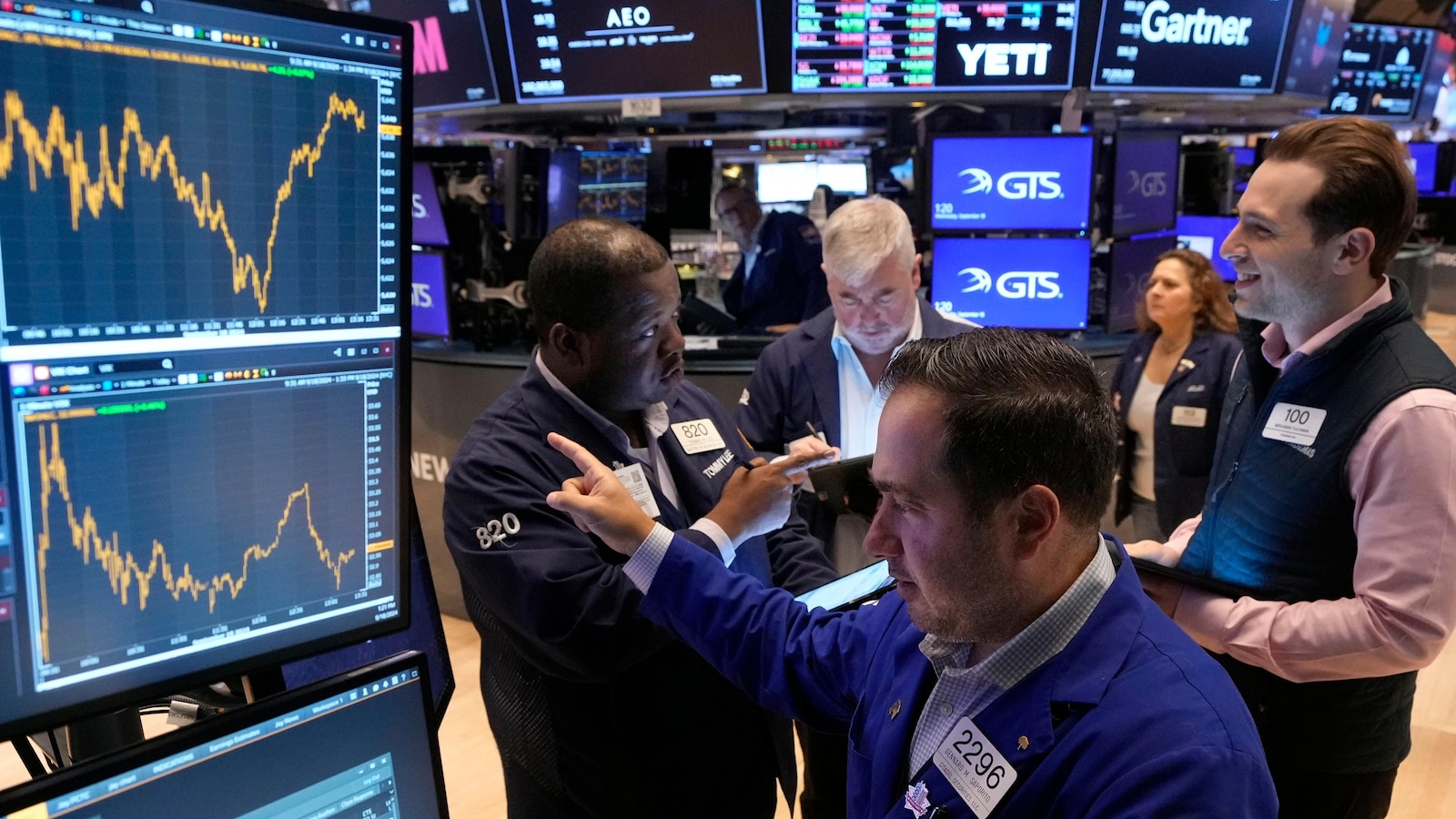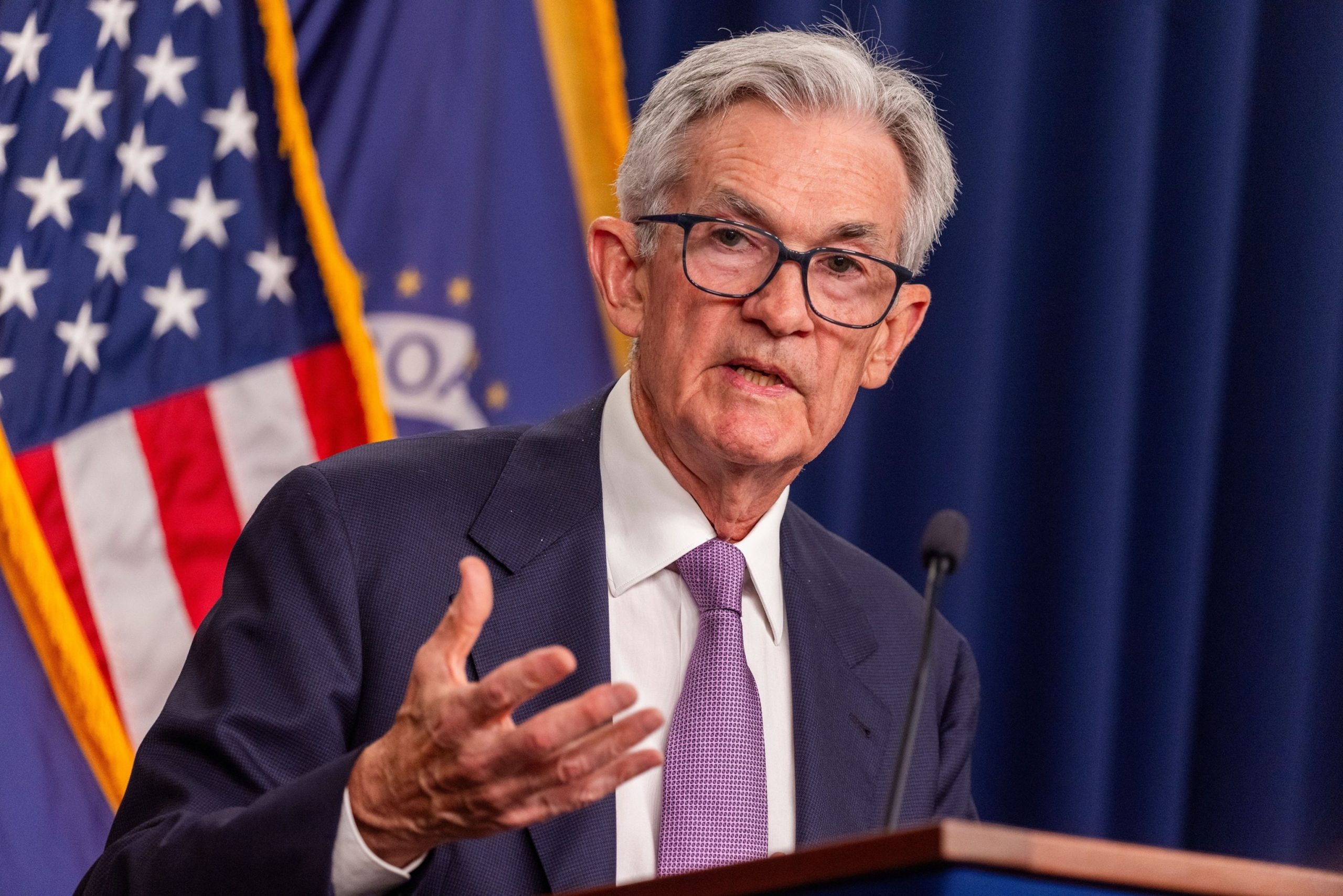A monthslong stretch of progress in the fight against inflation will face another test on Thursday when a U.S. government agency releases fresh data on price increases.
Inflation has cooled for three consecutive months, reversing a surge in prices that took hold at the outset of 2024.
Price increases have slowed significantly from a peak of more than 9%, but inflation remains more than a percentage point higher than the Fed’s target rate of 2%.
Economists expect consumer prices to have increased 3.1% over the year ending in June. That figure would mark a modest slowdown from the 3.3% rate recorded a month prior.
Despite the cooldown of prices in recent months, the Federal Reserve has opted to keep its benchmark interest rate highly elevated. The Fed Funds rate remains between 5.25% and 5.5%, matching its highest level since 2001.
A further reduction of inflation could heighten pressure on the Fed to move forward with a set of interest rate cuts that the central bank forecasted late last year.
Speaking to House members in Washington, D.C., on Wednesday, Fed Chair Jerome Powell touted “modest further progress” in the fight to slow price hikes over recent months.
Still, he added, the Fed will not lower interest rates until it has “gained greater confidence that inflation is moving sustainably toward 2%.”
While the economy has proven resilient this year, recent performance suggests that high interest rates have begun to slow activity.

Federal Reserve Bank Chair Jerome Powell speaks during a House Financial Services Committee hearing on the Federal Reserve’s Semi-Annual Monetary Policy Report at the U.S. Capitol on July 10, 2024 in Washington, DC.
Bonnie Cash/Getty Images
A jobs report released on Friday showed that the economy added a robust 206,000 jobs in June. However, downward revisions for hiring over the previous two months brought the three-month average to its lowest level since January 2021. The unemployment rate has ticked up this year from 3.7% to 4.1%.
Economic output has slowed markedly at the outset of 2024, though it has continued to grow at a solid pace.
Interest rate cuts would lower borrowing costs for consumers and businesses, potentially triggering a burst of economic activity through greater household spending and company investment.
But the Fed risks a rebound of inflation if it cuts interest rates too quickly, since stronger consumer demand and higher wages could lead to an acceleration of price increases.
On the other hand, recent data suggesting an economic slowdown heightens the risk of keeping interest rates too high for too long, since the borrowing costs could ultimately tip the economy into a recession.
The Fed is guided by a dual mandate to keep inflation under control and maximize employment. Addressing lawmakers at the Capitol on Wednesday, Powell said recent progress in the fight against inflation has allowed the central bank to bring greater attention to its role in employment.
“Elevated inflation is not the only risk we face,” Powell told lawmakers on Wednesday. If the Fed opts to lower interest rates “too late or too little,” he added, it could “unduly weaken economic activity and employment.”
Inflation is a key economic indicator that measures the rate at which prices for goods and services are rising in an economy. A high inflation rate can erode the purchasing power of consumers, leading to decreased consumer spending and potentially slowing down economic growth. On the other hand, a low inflation rate can indicate a healthy economy with stable prices.
For the month of June, economists are forecasting a decrease in the inflation rate compared to previous months. This is welcome news for consumers and businesses alike, as it suggests that prices are not rising as rapidly as before.
There are several factors contributing to this forecasted decrease in inflation. One major factor is the recent stabilization of oil prices. Oil prices have a significant impact on inflation, as they affect the cost of transportation and production for many goods and services. With oil prices remaining relatively stable in recent months, the pressure on prices is expected to ease.
Additionally, the ongoing supply chain disruptions caused by the COVID-19 pandemic have started to improve. As businesses adapt to the new normal and supply chains become more efficient, the cost of goods is expected to decrease, leading to lower inflation rates.
Furthermore, the Federal Reserve’s monetary policy has also played a role in stabilizing inflation. The Fed has signaled its commitment to keeping interest rates low and providing support to the economy through various stimulus measures. This has helped to boost consumer confidence and spending, while also keeping inflation in check.
Overall, the forecasted decrease in June’s inflation rate is a positive sign for the economy. It suggests that the economy is on a path towards recovery and that consumers can expect stable prices in the near future. However, it is important to monitor inflation trends closely and adjust policies accordingly to ensure long-term economic stability.



